This tell-tale feature would likely explain why this sedimentary rock did NOT experience high temperatures when it was under pressure.

What is faulting instead of bending?
Geologists would give this reason why the rock below could not possibly have come from liquid lava cooling and crystalizing.
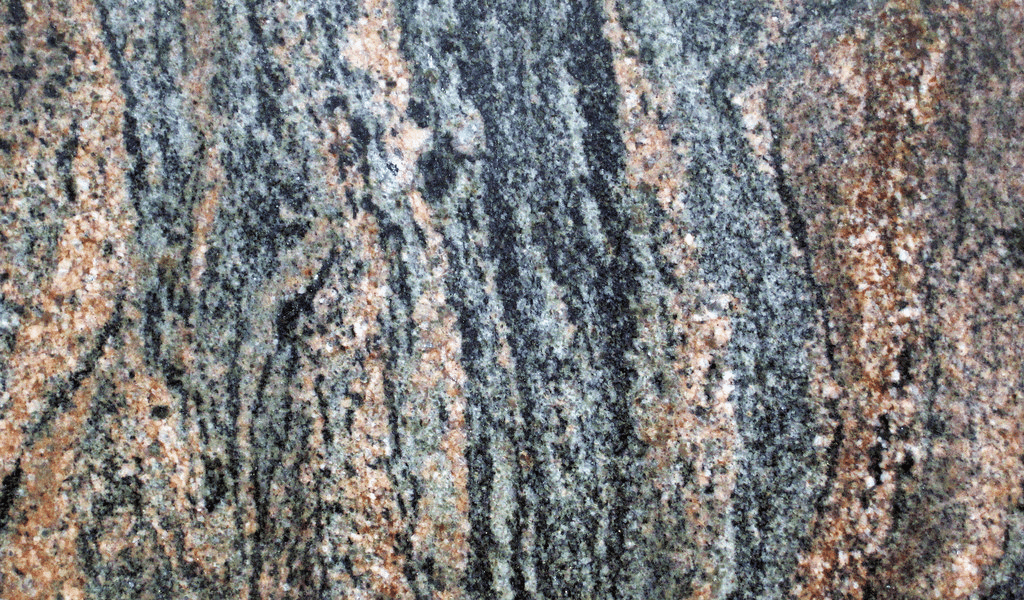
What is liquids don't freeze into concentrated layers?
This tell-tale visual indicator is the reason you should suspect a rock of being metamorphic.

What is crystals of minerals arranged into concentrated layers?
A geologist would point out this visible feature to support the idea that the rock was sheared (pressured in opposing directions) when it was hot.
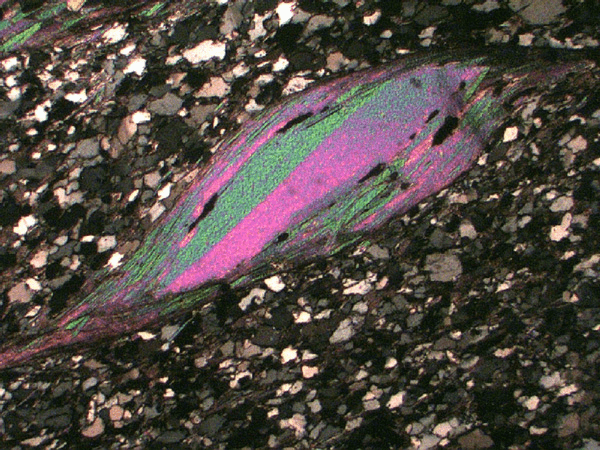
What is the mineral is round?
Geologists are convinced that magma intrusions are a source of this key ingredient for metamorphic rocks.
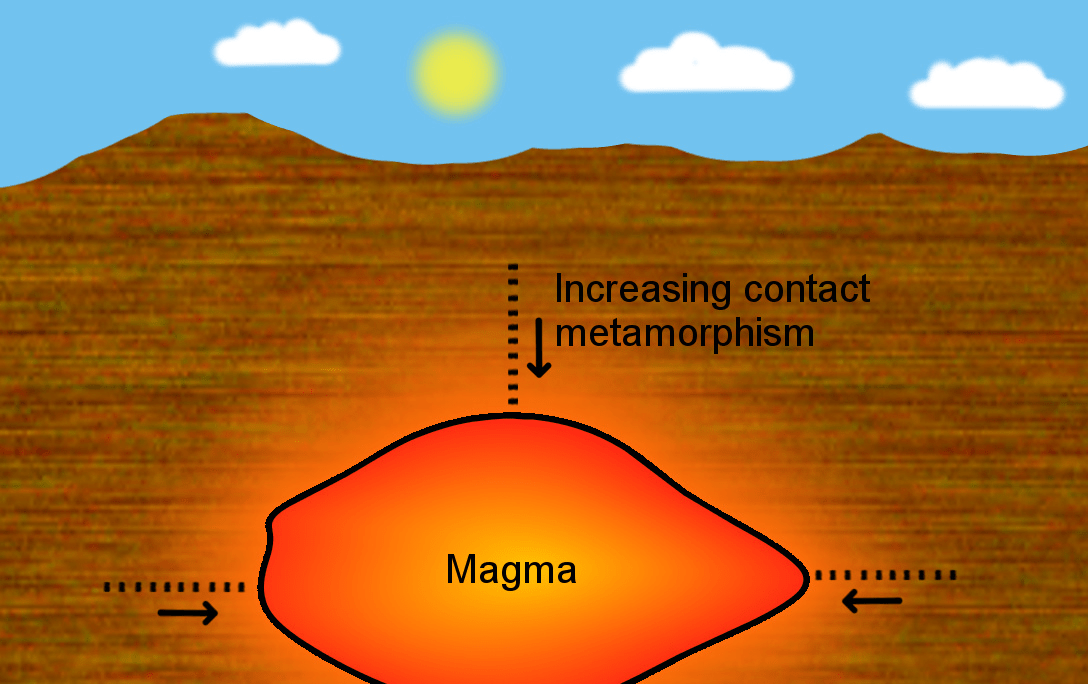
What is heat?
This important visual feature leads geologists to believe this rock has experienced very little change.
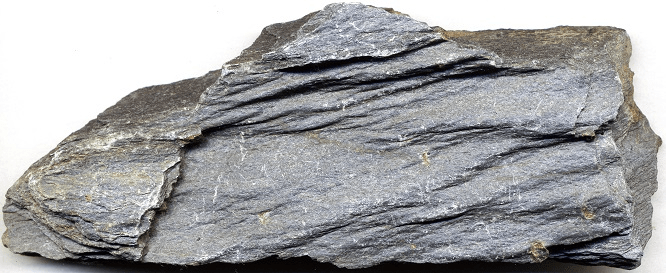
What are thin layers?
This is the likely reason why fossils are normally not found in metamorphic rocks.
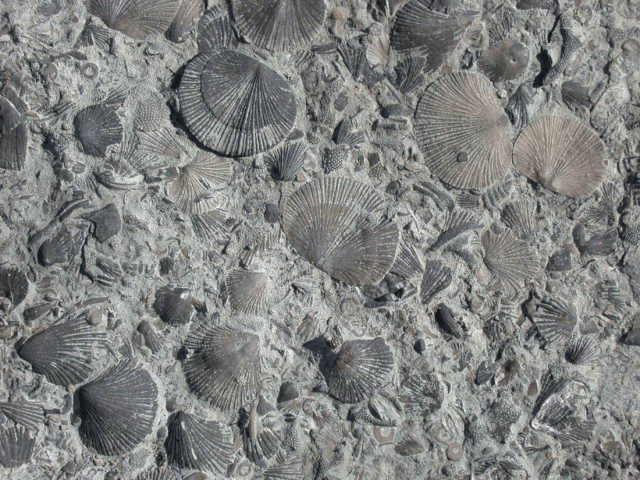
What is destroyed by the heat and pressure?
This round mineral suggests this rock experienced these two extreme conditions.
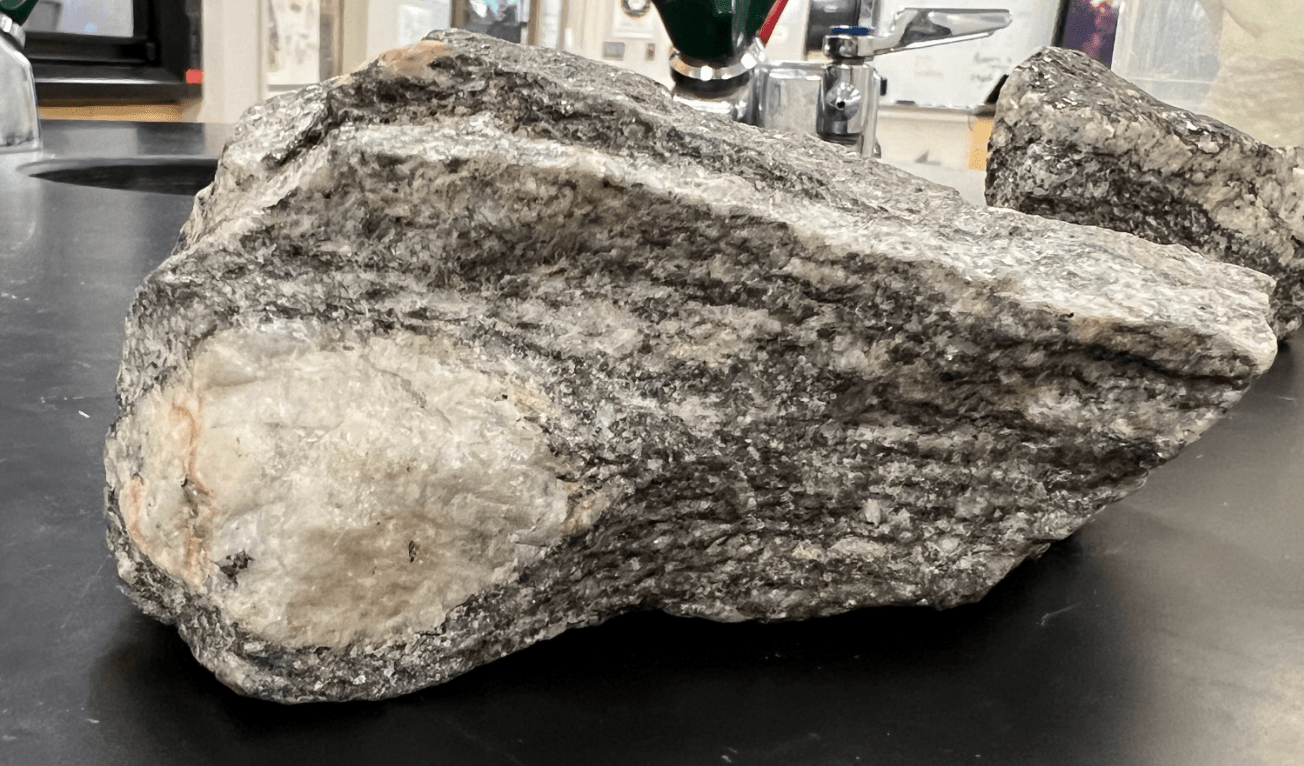
What is heat and pressure?
This important visual feature leads geologists to suspect that this rock has undergone significant change.
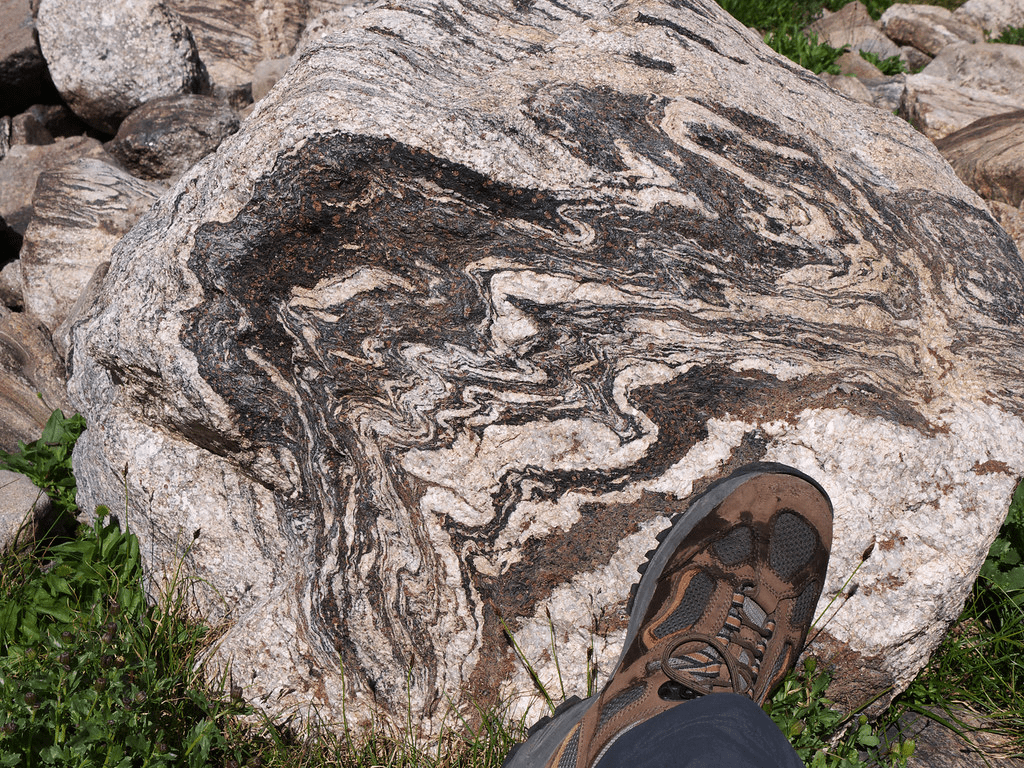
A geologist would make these two arguments to justify that this metamorphic rock was close to melting and experiencing extreme pressure when it formed.
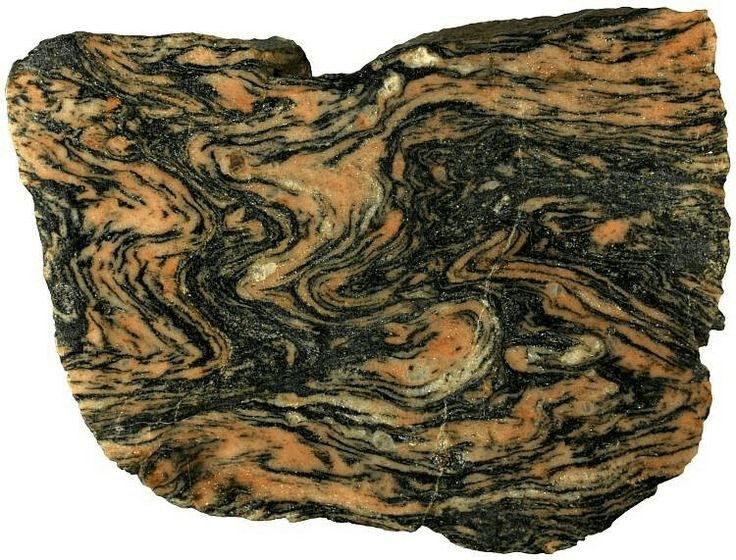
What is there would be no bending without pressure pushing on the layers?
and
What is the layers would only bend if the rock was close to melting - ie soft and "mushy"?
The raw material (atoms) that were used to grow these new, ruby red metamorphic crystals came from this source.
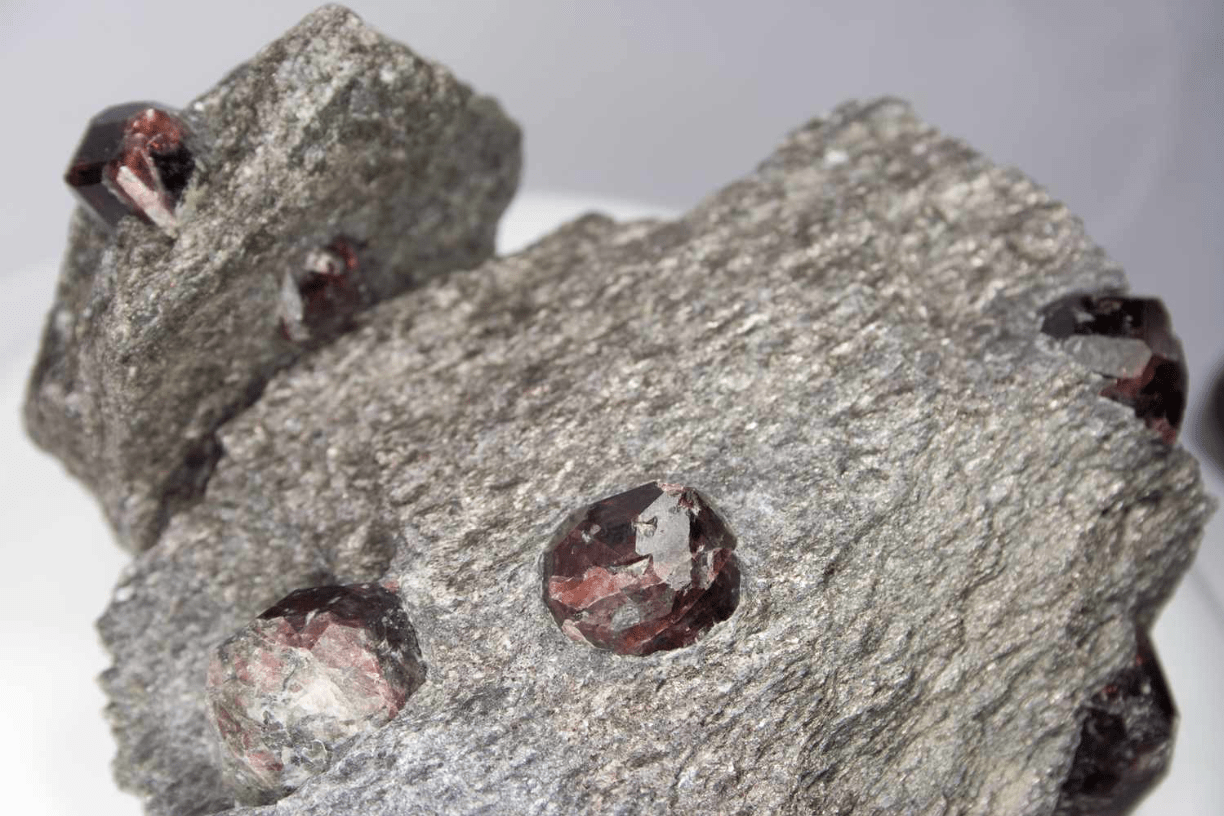
What are the atoms were right there already - just rearranged?
“Foliated” is the term used by geologists to describe this specific kind of feature found in metamorphic rocks.
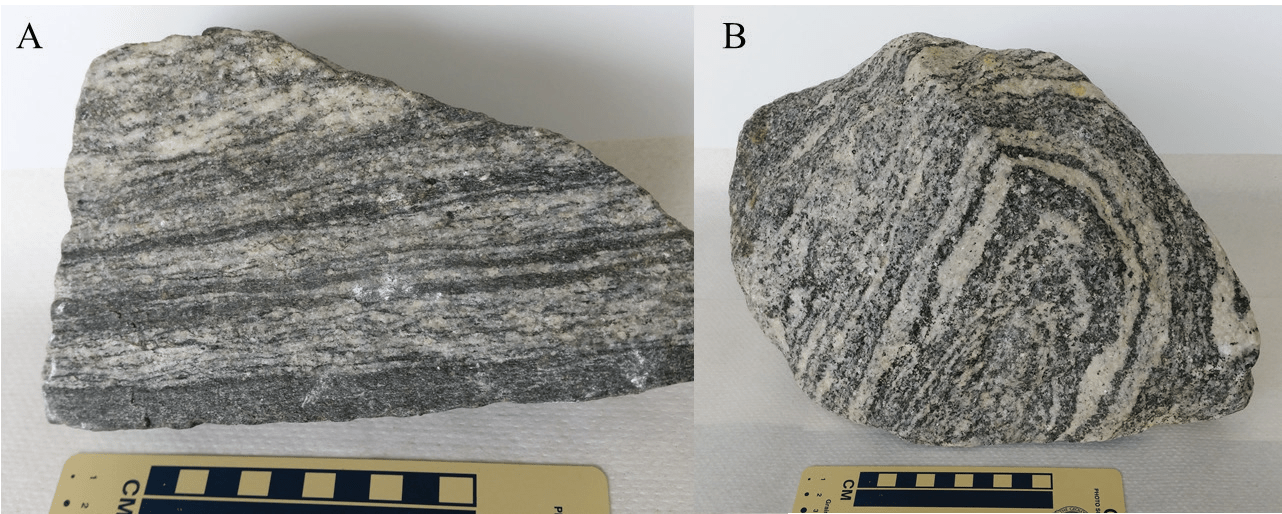
What are layers?
In order for rocks to be changed by heat and pressure, this location is the likeliest place for metamorphic rocks to form.

What is deep underground where temperatures are higher and pressures are greater?
This is an example of contact metamorphism. Geologists would give this reason for the name.

What is magma (and heat) is in contact with the surrounding rock?
Geologists looking at this rock would say that this would be the likeliest direction that the pressure was coming from to squeeze it into this shape.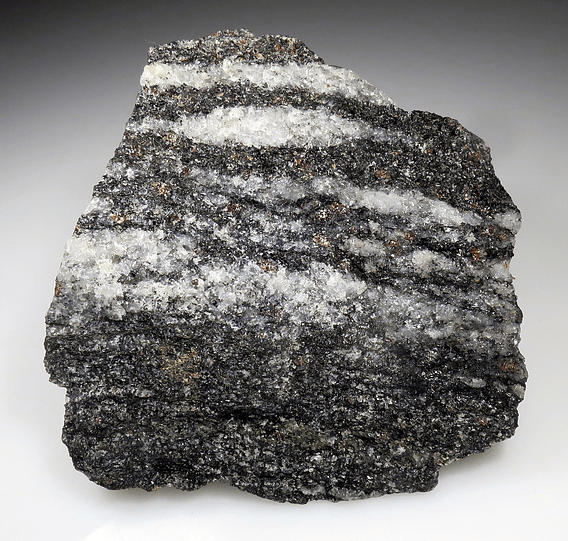
What is from above and below (or at a right angle to the layers)?